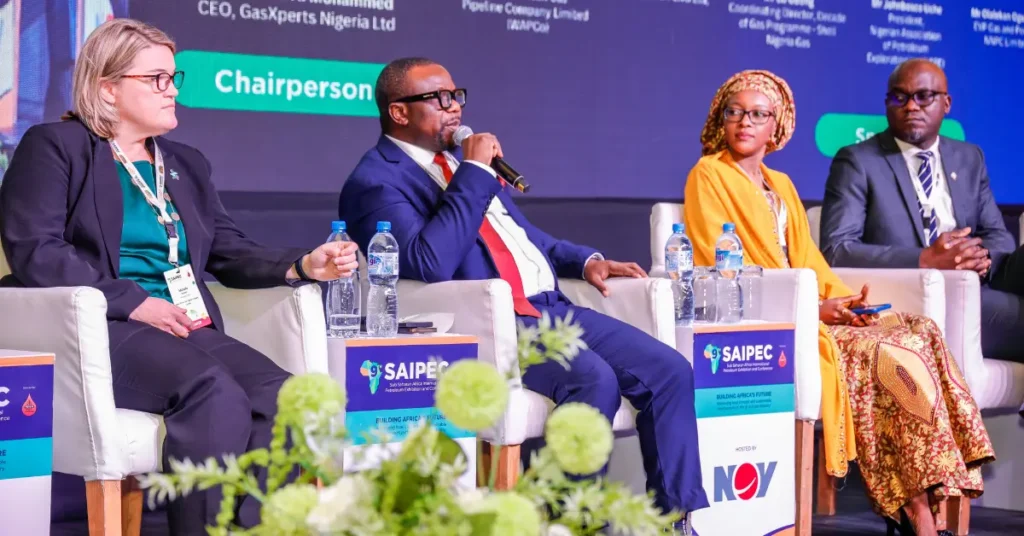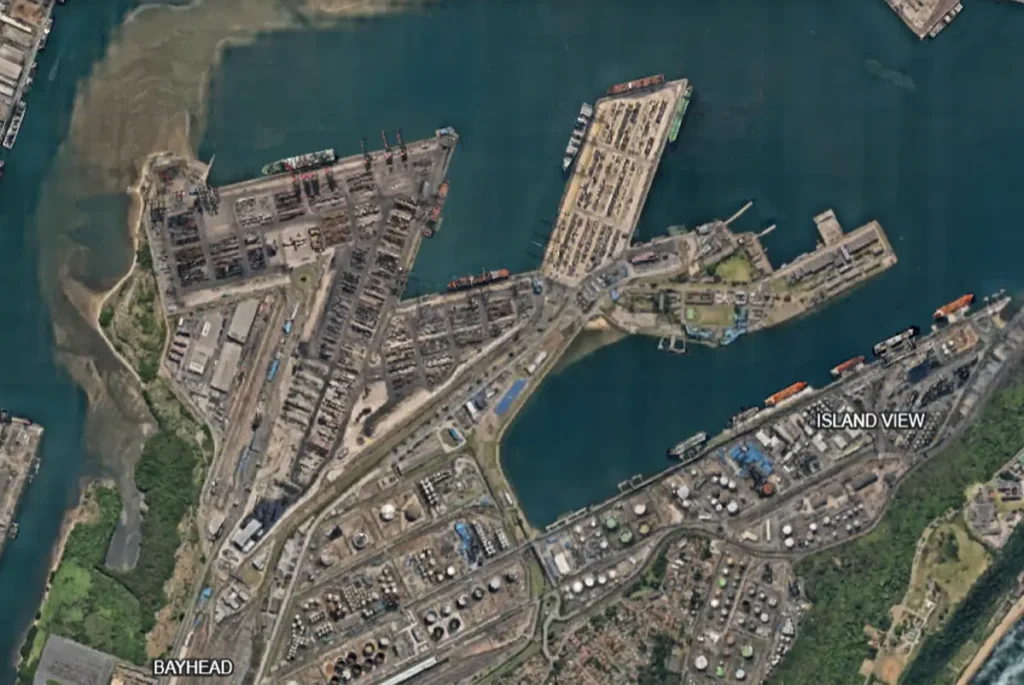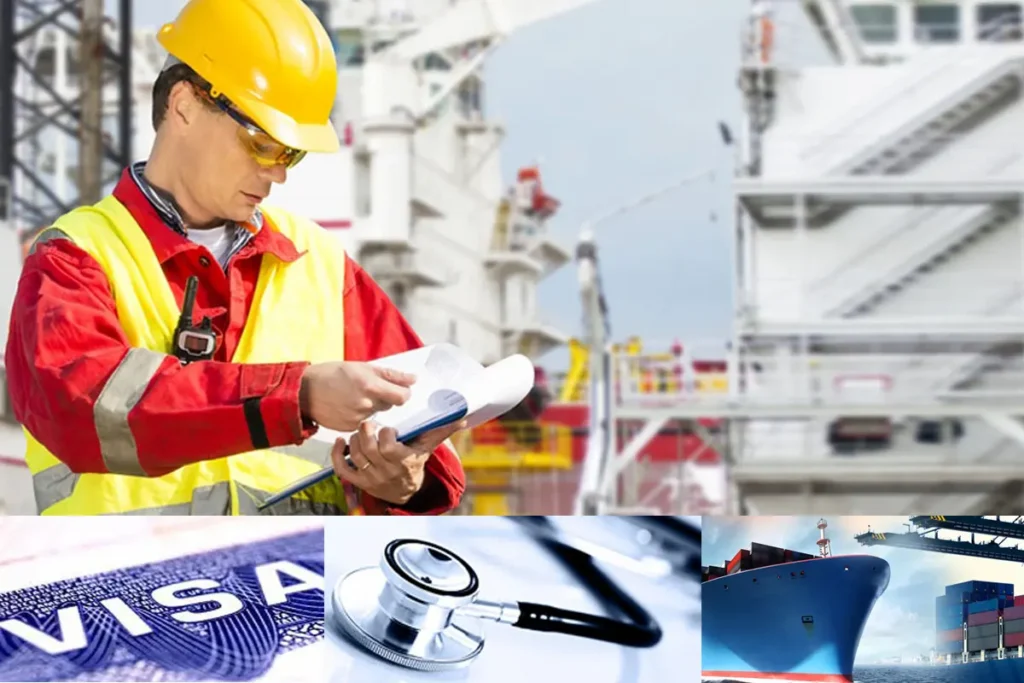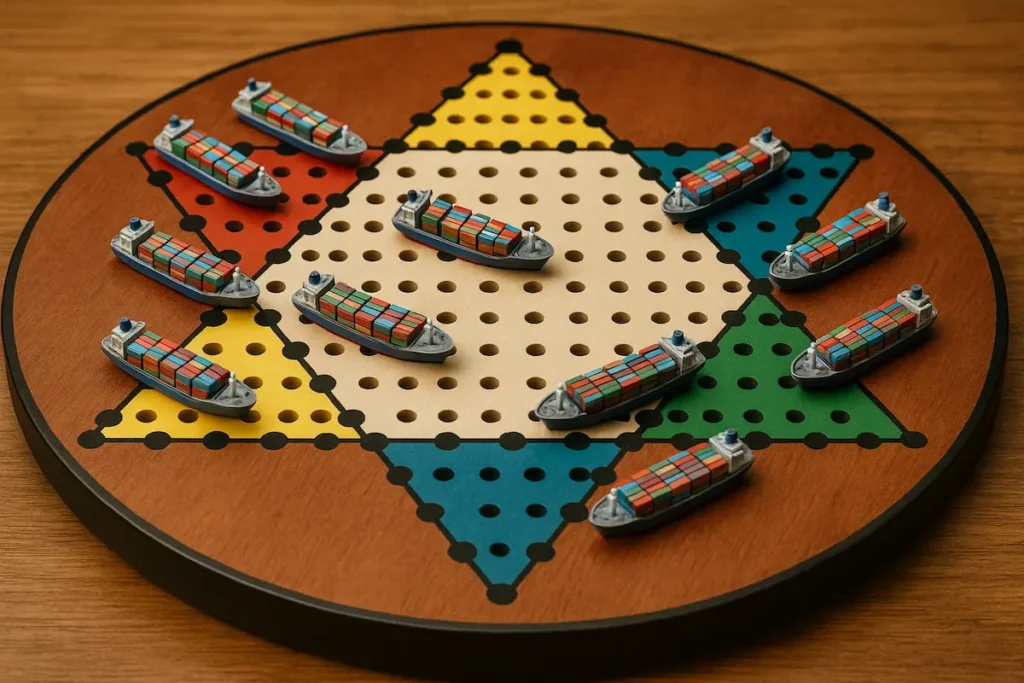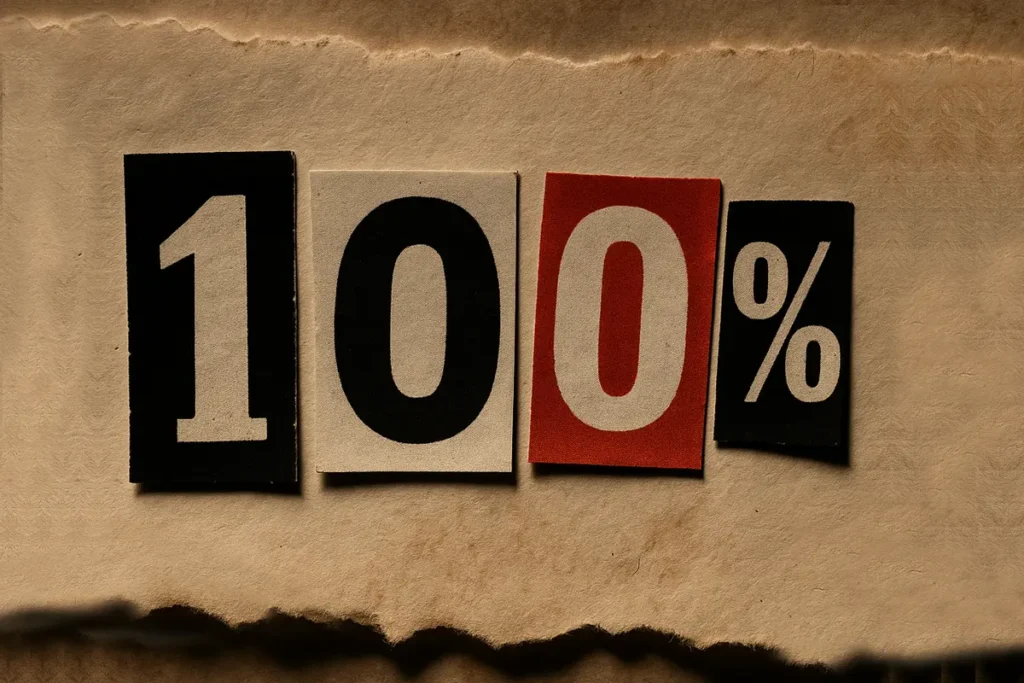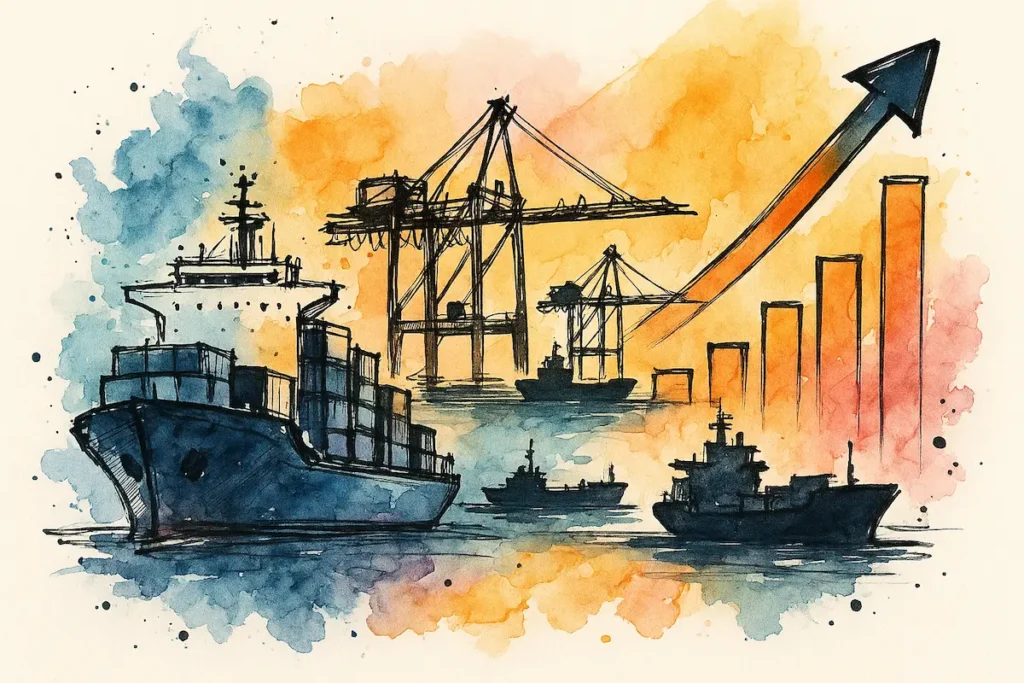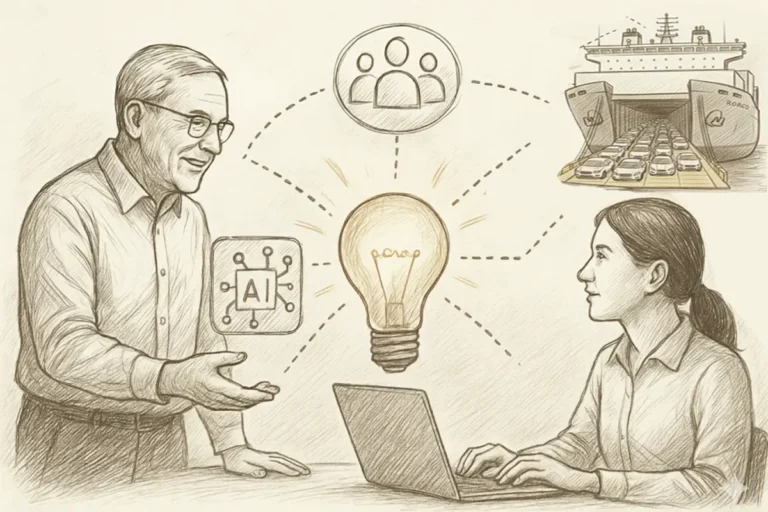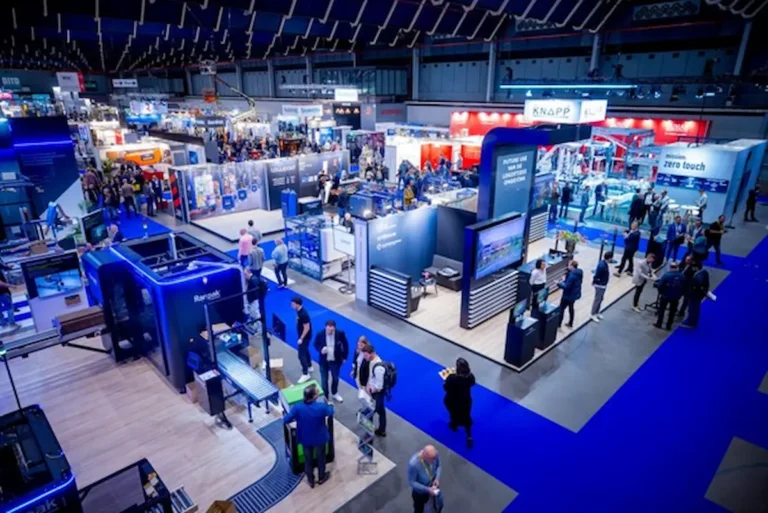Perhaps it was a sign of things to come.. When I was in school in Chennai, India, I was part of the National Cadet Corps (NCC) – Naval Wing..
As part of the naval training, one of the exercises that fascinated me was learning Semaphore..
Standing on the parade ground, holding two small red-and-yellow flags, we learned to spell out words by moving our arms to different positions like a clock..
Morse code was another skill we practised, tapping out dots and dashes that could carry a message across a distance without a single spoken word..
These were not just fun drills – they were a glimpse into centuries of maritime tradition.. And remarkably, even in August 2025, Semaphore and Morse still find a place in the world of shipping, long after satellites and digital communication have taken centre stage..
Origins of the Semaphore
The word semaphore comes from the Greek sema meaning “sign” and phoros meaning “bearer”.. Its roots go back to the late 18th and early 19th centuries when optical telegraph systems were developed on land across Europe..
By 1866, the British Royal Navy had refined it into a simple handheld system using two flags held at set angles to represent letters..
For naval fleets and merchant vessels, semaphore became indispensable.. It required no technology beyond flags and eyesight, making it reliable for ship-to-ship or ship-to-shore communication..
Commands, warnings, and instructions could be relayed across decks or between vessels without reliance on sound or electrical equipment..
Semaphore in history and practice
In its prime, semaphore was widely used to coordinate warships, relay urgent information, and transmit simple but vital instructions.. Training in semaphore was part of naval cadetship and scouting alike..
Even today, navies continue to practice semaphore during underway replenishment operations, where clear visual signals are needed to coordinate complex manoeuvres..
At night, flags are replaced with illuminated wands.. The system is simple yet resilient, a visual backup when radios fail or silence is enforced..
The rise of Morse code
Morse code was born in the 1830s through the telegraph innovation of Samuel Morse.. Dots and dashes quickly became the global language of long-distance messaging..
At sea, Morse code was transmitted by flashing lamps or tapping keys, eventually becoming the standard distress code..
The most famous sequence, SOS, gained historic recognition after its widespread use during maritime disasters, such as the Titanic in 1912.
By the 20th century, Morse was central to global shipping.. Entire fleets and port operations relied on it..
From Morse to modern distress systems
The late 20th century ushered in the Global Maritime Distress and Safety System (GMDSS), which standardised satellite and radio distress alerts..
By the mid-1990s, Morse had been phased out as an official requirement for commercial shipping.. The world had moved to automated systems and secure satellite communication..
Yet, navies and some merchant operators still preserve Morse, particularly with signal lamps.. It is invaluable during radio silence, equipment failure, or in environments where stealth is paramount..
Semaphore and Morse in August 2025
So, are semaphore and Morse still in use today..?? The answer is yes, but only in specific and often strategic contexts..
- Commercial shipping moved on from Morse long ago under GMDSS, so these skills are no longer part of standard merchant operations..
- Navies, however, continue to maintain both semaphore and flashing-light Morse as part of their communications playbook.. In fact, in mid-2025, a new secure LED-based signalling system was unveiled, described as a modern evolution of Morse.. It allows ships to exchange encrypted light signals over several kilometres — a nod to the enduring value of visual communication when radios or satellites may be jammed..
- Exercises at sea have demonstrated that even advanced navies sometimes revert to blinker lights when electronic systems are deliberately disrupted.. Senior officers have spoken of the need to practise such traditional methods to ensure convoys and battle groups remain coordinated during electronic warfare conditions..
- Training institutes and naval cadet programmes continue to teach semaphore and Morse, not just as heritage, but as practical resilience measures..
Why they still matter
The rationale is clear: in an age where digital systems can be jammed, hacked, or disabled, simple visual signalling provides a low-tech yet dependable backup..
Morse code via blinker lights, for example, may seem antiquated, but it remains less vulnerable to interference.. This is why some navies actively practise it during exercises, ensuring crews remain confident in switching to traditional methods if required..
| Method | Key strengths | Relevance today |
|---|---|---|
| Semaphore | Visual, simple, no electronics | Used in training, emergencies, replenishment |
| Morse | Silent, optical, versatile, tradition-based | Retained by navies, emergency fallback |
| Modern twists | Secure light-based updates inspired by Morse | Address digital vulnerabilities |
Looking forward
The continued presence of semaphore and Morse is more than nostalgia.. It reflects a philosophy of resilience at sea.. Maritime safety depends not only on modern satellites and encrypted radios, but also on tried-and-tested systems that work when all else fails..
For seafarers, mastering these old arts is part of respecting tradition while preparing for emergencies.. For navies, it is a strategic safeguard.. For historians, it is proof that the past can still shape the present..
Final thoughts
Satellite networks may dominate shipping today, but semaphore flags and Morse lamps still wave and flash in the background.. They are the quiet guardians of communication—ready to take over when modern systems falter..
If you are a seafarer, keen to find out how often are semaphore and flashing-light Morse really used at sea in 2025, outside of training drills and electronic warfare scenarios..??
Their survival shows that even as technology leaps forward, tradition continues to serve a very practical purpose..
P.S : Article was written based on best research, if any seafarers/practitioners find any gaps or inaccuracies here, pls do comment below so it can be rectified..




